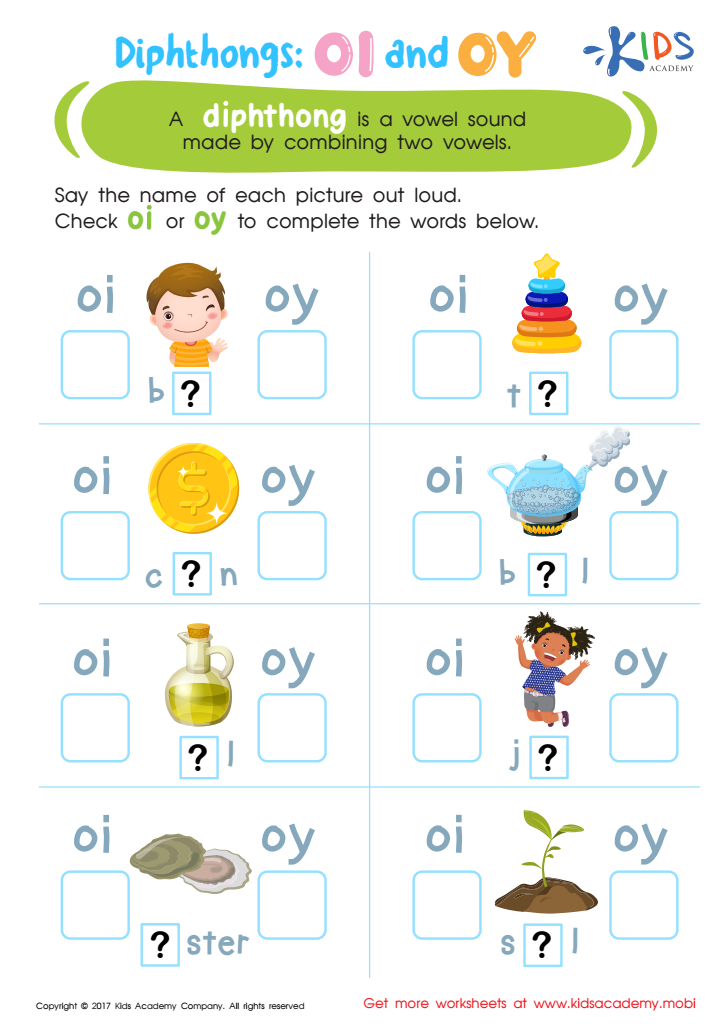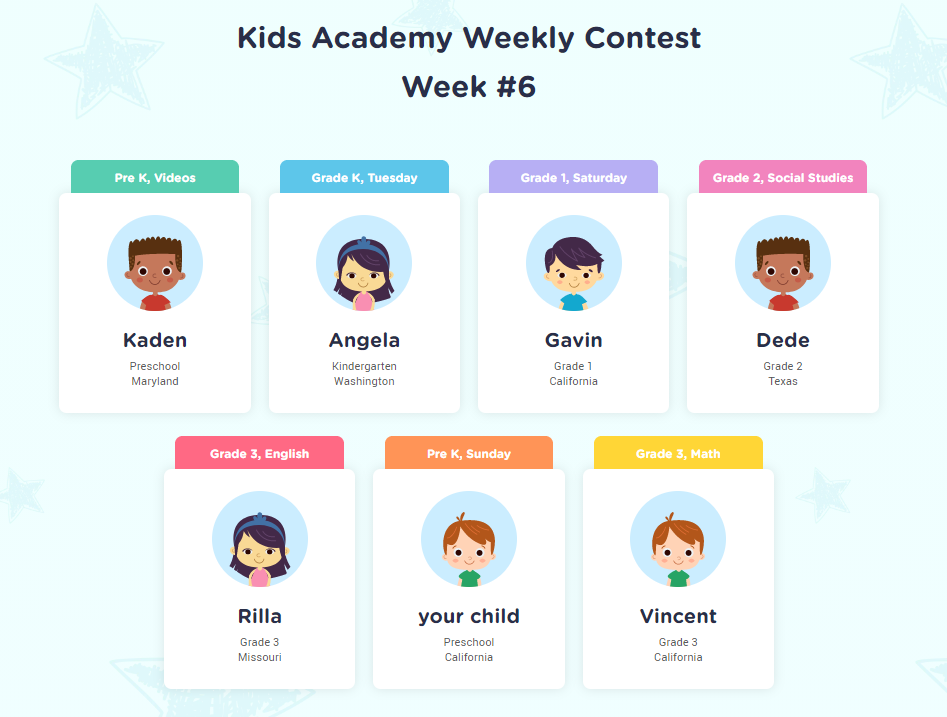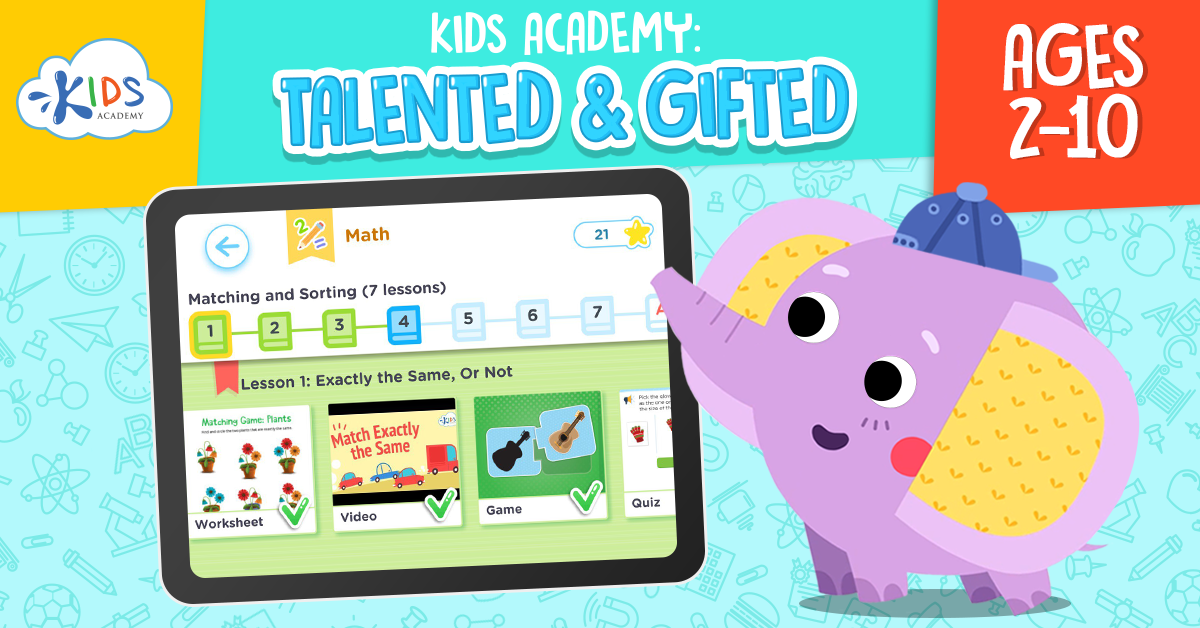Practicing phonics Worksheets for Kids
1 filtered results
-
From - To


Vowel Diphthongs OI OY Worksheet
Question/Answer
Why is the Practicing phonics skill important for Grade 2 students?
Practicing phonics is crucial for Grade 2 students because it strengthens their reading and spelling abilities. By understanding the relationship between letters and sounds, students can decode words more effectively, enhancing their reading fluency and comprehension. Phonics also supports vocabulary development and helps in building a solid foundation for future literacy skills.
How to test a Grade 2 student’s Practicing phonics skills?
To test a Grade 2 student's practicing phonics skills, use phonics screening checks comprising real and pseudo-words, conduct oral reading exercises to assess decoding skills, and incorporate spelling tests that focus on phonetically regular words. Additionally, listening to the student read aloud from leveled texts can help evaluate their ability to apply phonics skills in context.
How to train the Practicing phonics skill in Grade 2 students learning about Vowel Diphthongs?
To train Grade 2 students on vowel diphthongs, incorporate interactive activities such as matching games, where students pair words to pictures, and fill-in-the-blank exercises with diphthong-containing words. Use engaging worksheets, flashcards, and online phonics games. Incorporate daily reading sessions that focus on diphthong-rich texts, encouraging students to identify and pronounce diphthongs correctly.
 Assign to the classroom
Assign to the classroom





.jpg)






